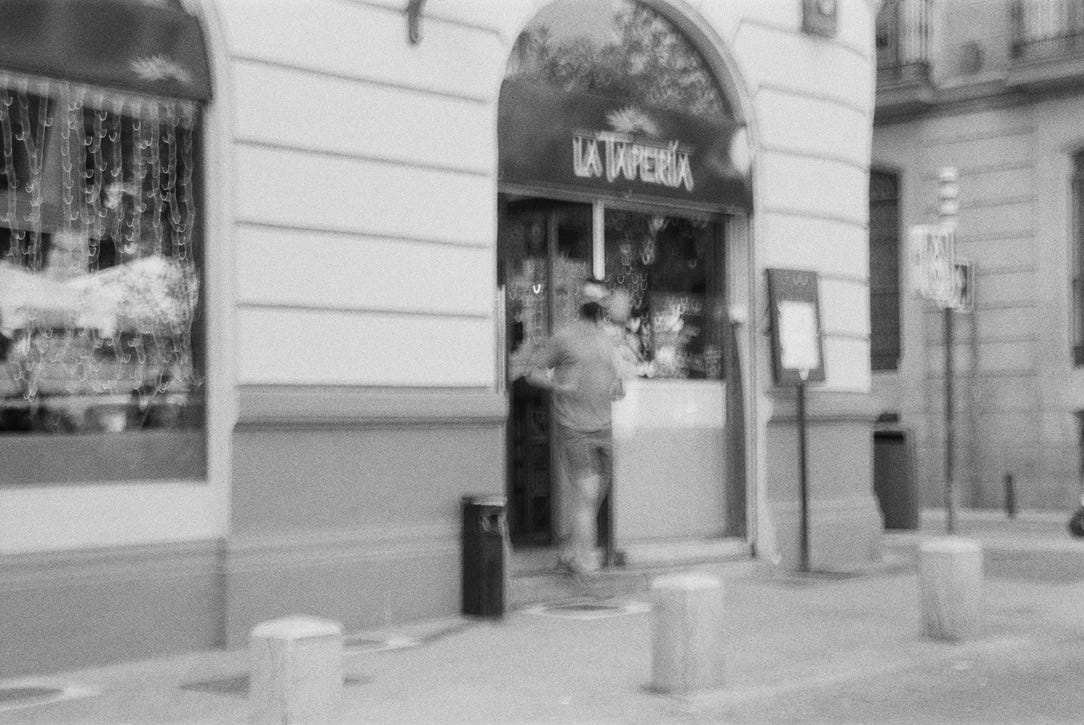but cooking changed the conversation
connection and convenience
Talking about food nowadays, the conversation centers around macros, grams, and calories. Protein for muscles. Sugar as the villain. Fat as either hero or heretic depending on the decade. But food doesn’t just build the body; it builds the context around it.
What we eat shapes how we gather, how we talk, and even how our mouths are constructed to make sounds. In my Monday post, I talked about a 2019 study from the Max Planck Institute that found that once humans started eating cooked, softer foods, our jaw structure changed. Less chewing meant less grinding down our teeth, less jaw muscle development and an increased overbite.
Cooking is an intentional act. We cook to take care of someone. We cook to celebrate. We cook to mourn. It’s an integral part of how we connect to one another, a ceremony we enjoy with a crowd of loved ones or with a new friend. That physical change in our mouths mirrors a social one: food reshaped not only our bones, but the very ways we relate to each other.
I find it poetic that without the slow, jaw-altering work of cooking, we might never have had the sounds to say some of my favorite English words: food, friends, family.
sobrepantalla
Older meals demanded time. Stews needed to simmer, bread had to rise, meat rested before carving. You didn’t rush those moments, so talk filled the in-betweens. The rhythm of eating was the rhythm of community. Even when food was scarce, its preparation created space for patience, cooperation, and ritual. The act of cooking transformed time into something shared.
Today, that rhythm has changed tempo. Food is softer, faster, quieter. The conversations around it have moved from eating to fueling and a social media feed. Instead of lingering in sobremesa (the Spanish tradition of staying at the table long after the plates are cleared), we linger on screens. Massimo Bottura pairs older Italians with young cooks to preserve recipes and memory; meanwhile, most of us are preserving convenience (myself included!). We’ve traded inherited knowledge for hacks, the long simmer for the thirty-second reel.
The thing is: conversation just got repackaged. Blogs, podcasts, and Reddit threads keep the food talk alive, even flourishing. But scroll a little longer and the conversation blurs into content. The same way our diets have evolved toward maximum efficiency - protein chips, protein pop-tarts, drinks that claim to replace meals - our attention has followed suit. We’ve optimized the rituals of eating and talking until they fit into the gaps between notifications.
The way we eat has always shaped the systems we’ve built. Hearths became kitchens, kitchens became factories, and now meals are built for scrolling. Every simplification has promised freedom from time, from labor, from hunger itself, but each step has also stripped away a layer of meaning.
Still, the ritual remains. To cook is to pause, to resist acceleration. It’s the simplest form of design we have left; one that insists on time, the senses, and care. Every time we stir a pot or sit a little longer at the table, we’re doing more than feeding ourselves. We’re rebuilding the infrastructure of connection, one small ceremony at a time.


